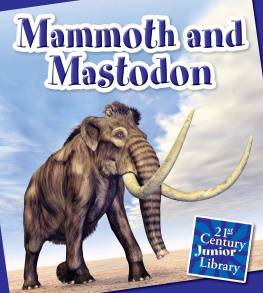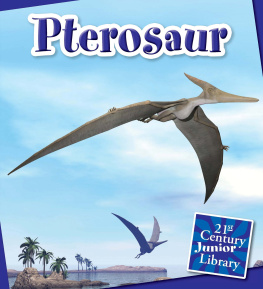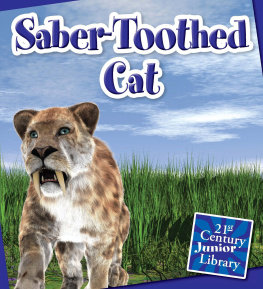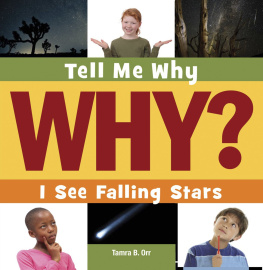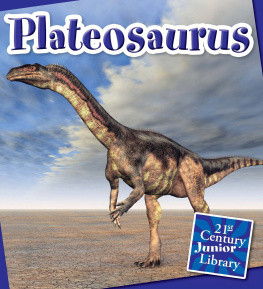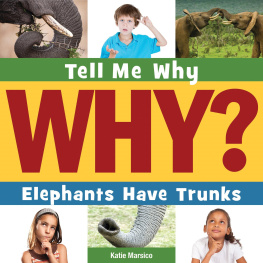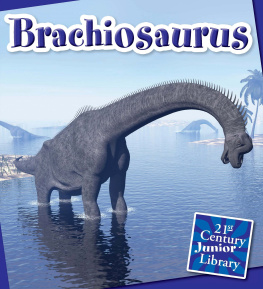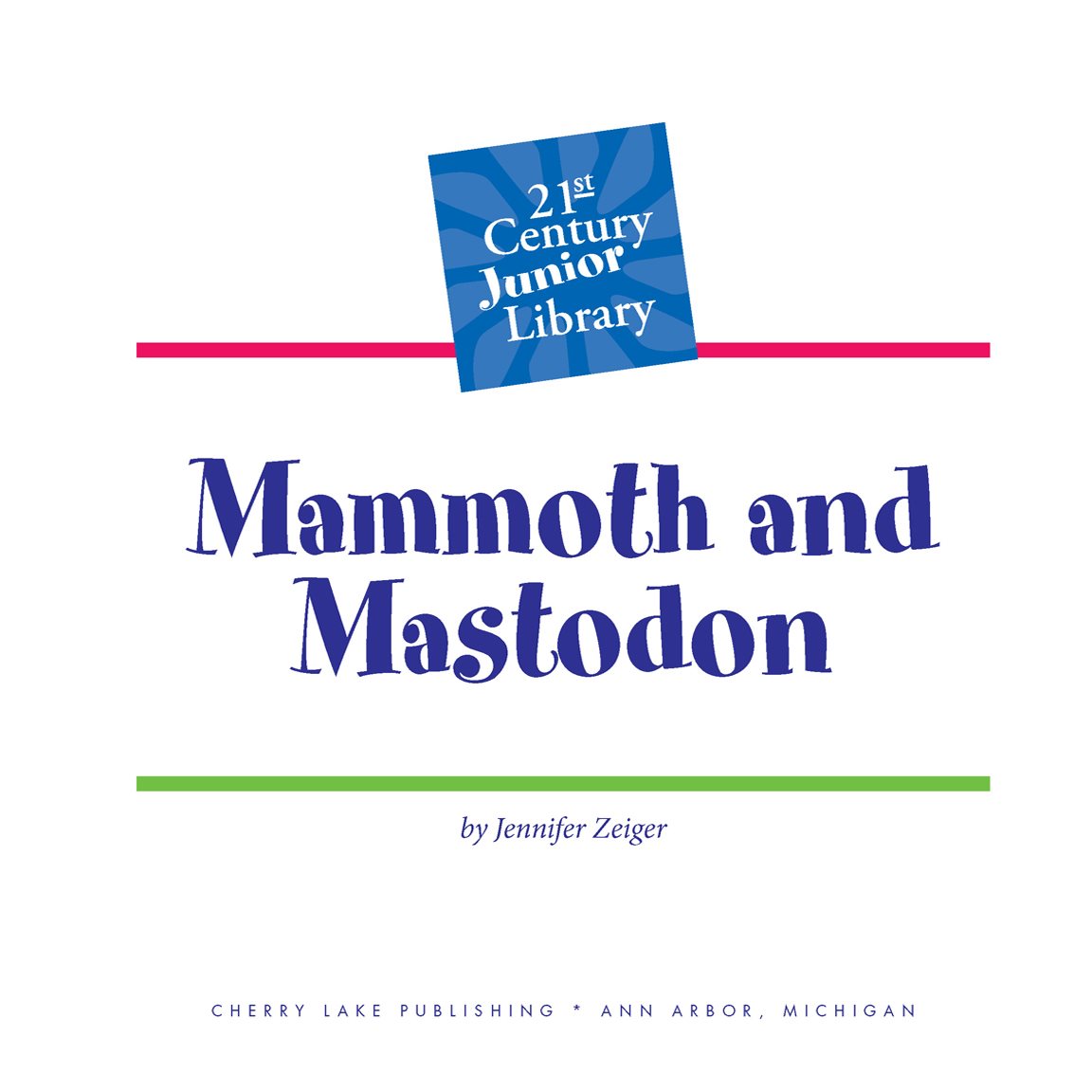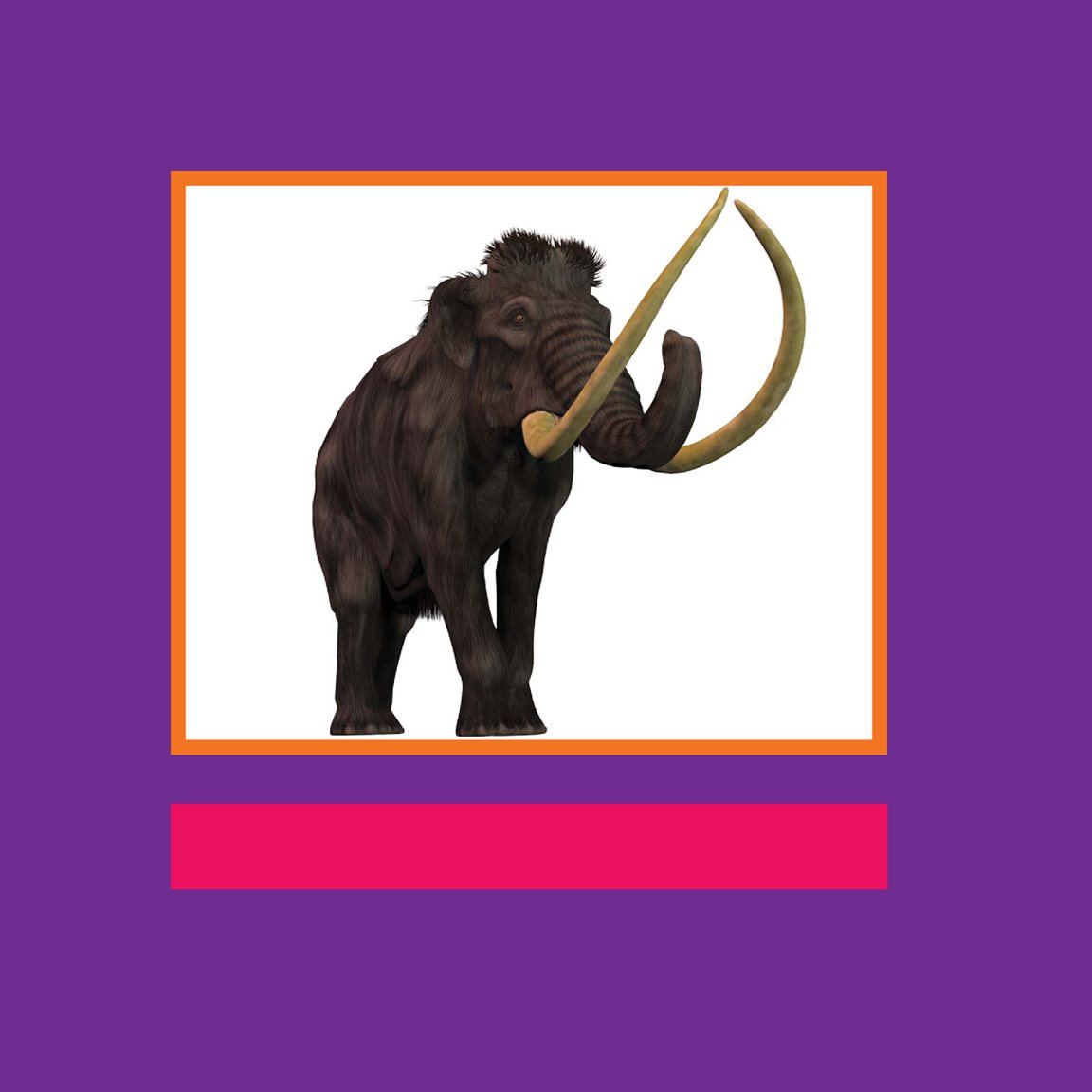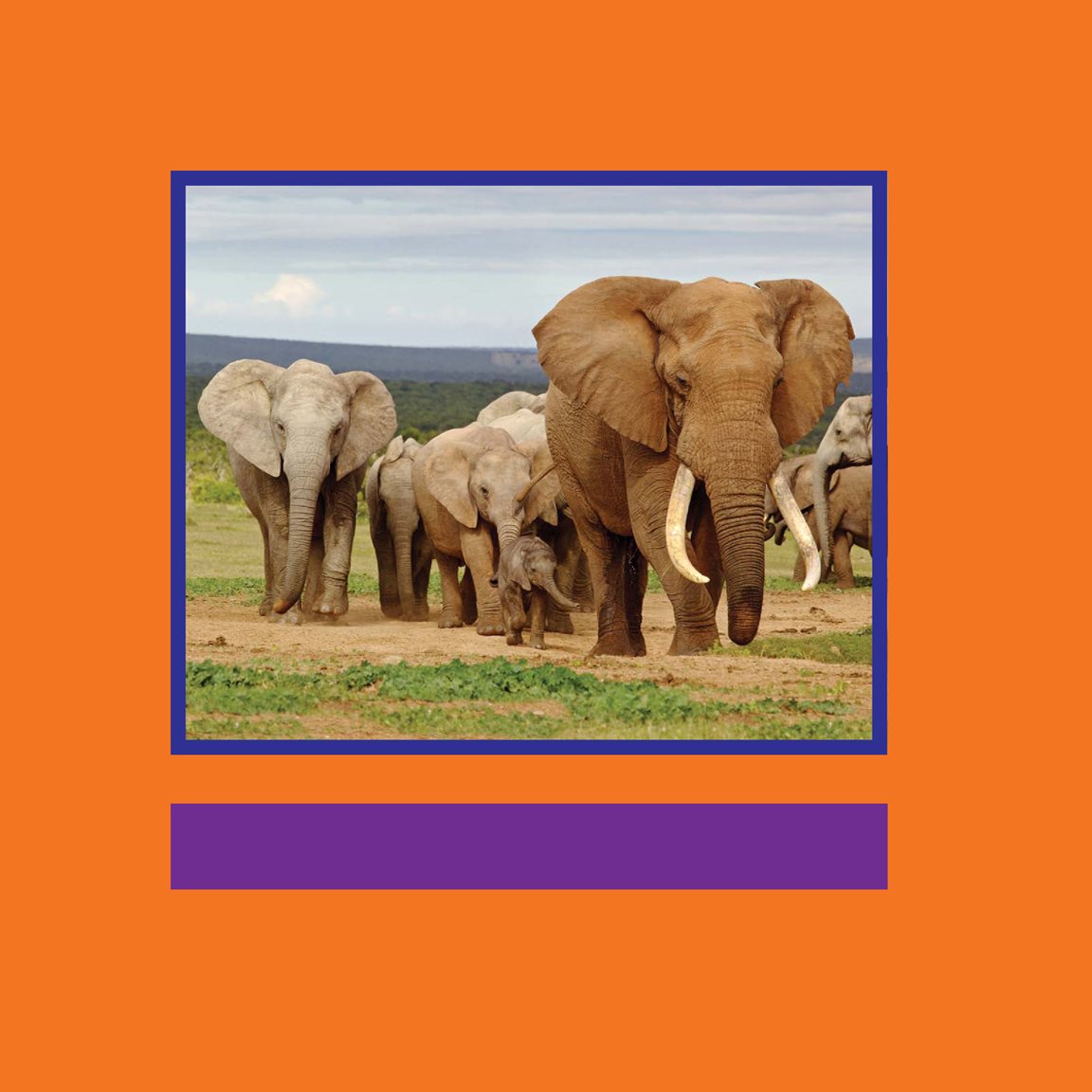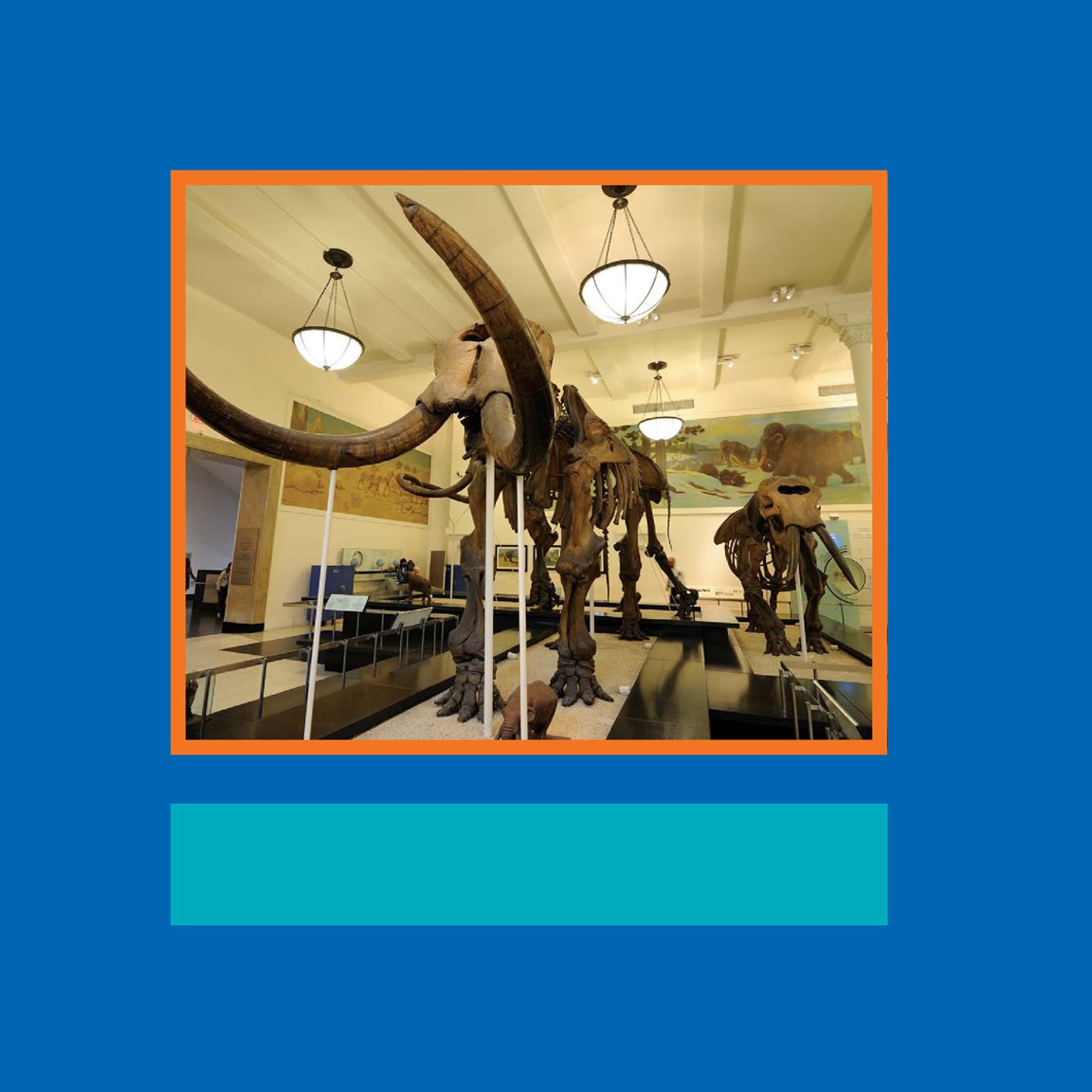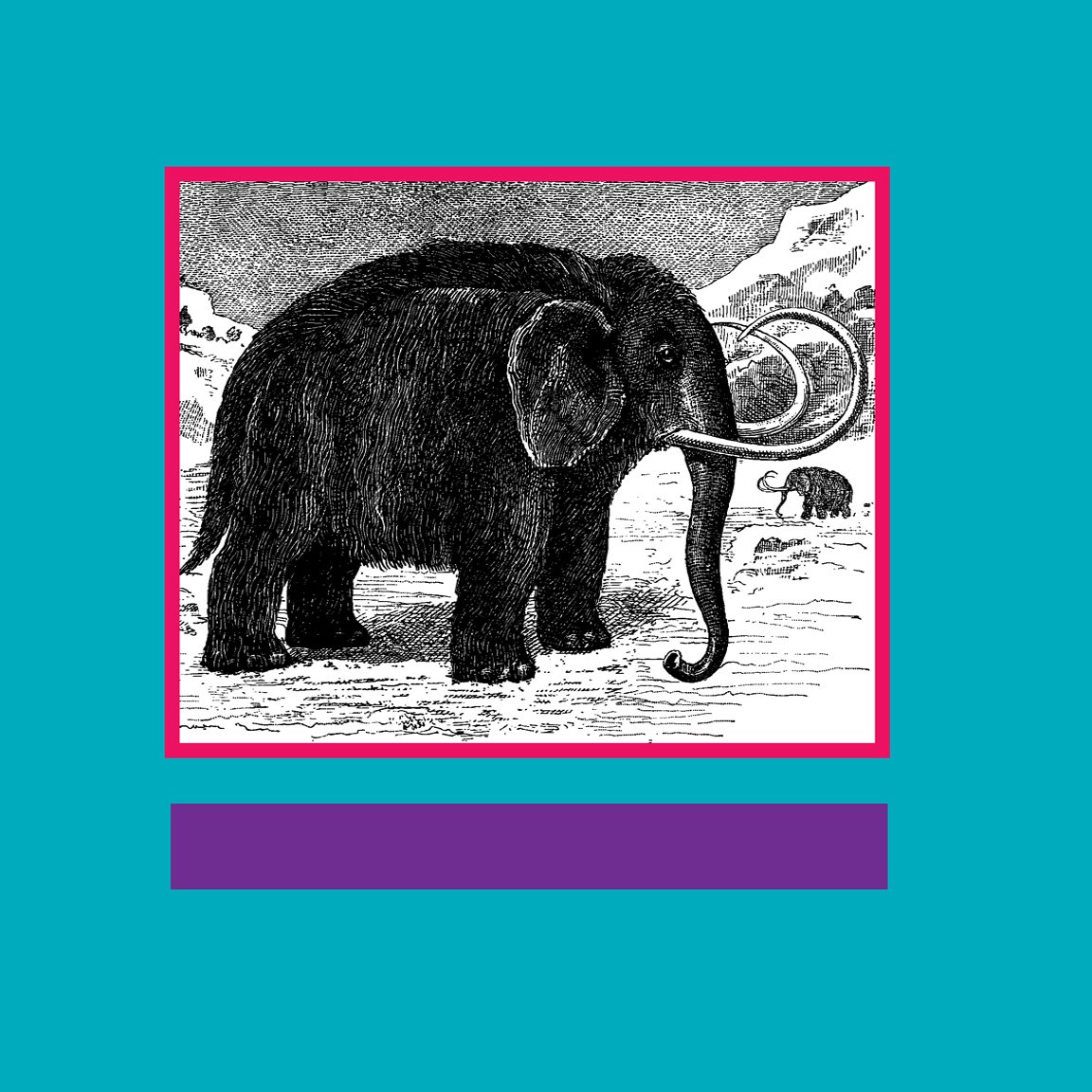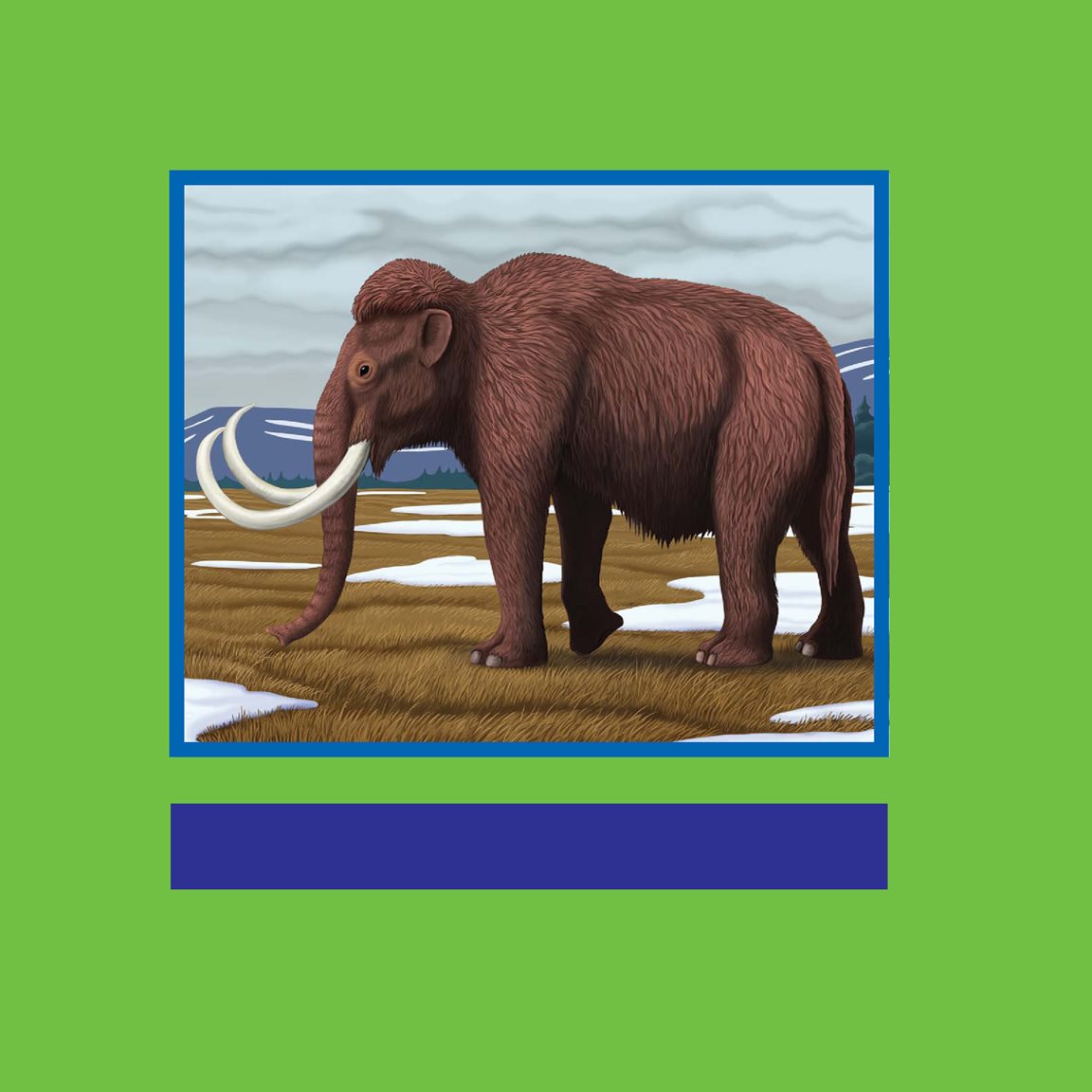Table of Contents
Guide
Published in the United States of America by Cherry Lake Publishing
Ann Arbor, Michigan
www.cherrylakepublishing.com
Content Adviser: Gregory M. Erickson, PhD, Paleontologist, Department of Biological Science,
Florida State University, Tallahassee, Florida
Reading Adviser: Marla Conn, Read With Me Now
Photo Credits: Cover, Michael Rosskothen/Shutterstock.com; page 4, Catmando/Shutterstock.com;
page 6, Darryl Brooks/Dreamstime.com; page 8, David Steele/Shutterstock.com; page 10,
Sean Pavone/Dreamstime.com; page 12, Morphart Creation/Shutterstock.com; page 14,
Ozja/Shutterstock.com; page 16, Ryan M. Bolton/Shutterstock.com; page 18,
Vladislav Gajic/Shutterstock.com; Mikekwok/Dreamstime.com.
Copyright 2016 by Cherry Lake Publishing
All rights reserved. No part of this book may be reproduced or utilized in any
form or by any means without written permission from the publisher.
Library of Congress Cataloging-in-Publication Data
Zeiger, Jennifer, author.
Mammoth and mastodon / by Jennifer Zeiger.
pages cm.(Dinosaurs) (21st century junior library)
Summary: Learn all about the ancient animals known as mammoths and mastodons, from how they
lived to how they are related to todays elephants.Provided by publisher.
Audience: K to grade 3
Includes bibliographical references and index.
ISBN 978-1-63362-383-5 (lib. bdg.)ISBN 978-1-63362-411-5 (pbk.)
ISBN 978-1-63362-439-9 (pdf)ISBN 978-1-63362-467-2 (e-book)
1. MammothsJuvenile literature. 2. MastodonsJuvenile literature. 3. Extinct mammalsJuvenile
literature. 4. Animals, FossilJuvenile literature. [1. Prehistoric animals.] I. Title.
QE882.P8Z45 2016
569.67dc23
ISBN-13 978-1-68444-518-9 (e-book) 2014045656
Cherry Lake Publishing would like to acknowledge the work of
The Partnership for 21st Century Skills.
Please visit www.p21.org for more information.
Printed in the United States of America
Corporate Graphics
July 2015
Synchred Read-Along Version by:
Triangle Interactive LLC
PO Box 573
Prior Lake, MN 55372
contents
What Did Mammoths and Mastodons
Look Like?
How Did Mammoths and
Mastodons Live?
A woolly mammoth had a thick coat of
woolly hair.
What Were Mammoths
and Mastodons?
P icture a group of prehistoric
elephants. They are covered in thick hair. The
hair is long and woolly. The animals munch on
grass in a wide field. These are mammoths.
Miles away is another furry elephant. It lumbers
alone through a thick forest. This is a mastodon.
Both of these ancient animals were related to
the elephants we know today.
Mammoths and mastodons had mostly died out by
about 10,000 years ago.
The earliest mastodons lived about
million years ago. Mammoths first
appeared about million years ago.
Both animals lived for millions of years.
Early humans even hunted them for a time.
There are no mastodons or mammoths living
today, though. They are extinct .
Ask
Questions!
We know that humans met mammoths and
mastodons. But how do we know? Talk to a parent,
teacher, or librarian. Ask them to help you find more
information. Check in books or search online.
What can you find out?
Mammoths and mastodonos were similar to their
modern elephant relatives.
What Did Mammoths
and Mastodons
Look Like?
T he word mammoth can be used to
describe something big. And these animals
were really big! In fact, mammoths were
named for being so large. Most mammoths
were about the size of todays elephants.
Mastodons were just a little shorter.
A mammoths tusks were longer than a
mastodons. Some tusks were so long that they
curved over each other.
Mammoths and mastodons looked a
lot like elephants. They had large heads
and wide, flat ears. They also had very
long noses called trunks. Two big teeth
called tusks stuck out of their mouths. These
animals had large, heavy bodies. Four
thick, strong legs supported them.
Create!
Mammoths and mastodons did not look exactly alike.
Look up pictures of both in books or online. Now draw
your own mammoth and mastodon. Label the ways
they are different from each other.
Mammoths needed a warm coat of hair in their
wintery world.
Elephants today do not have much hair.
But their prehistoric relatives were very
hairy. The hair ranged from yellowish brown
to reddish brown. Northern mammoths and
mastodons had the thickest hair. When
these animals lived, the weather was much
colder than it is today. The thick hair kept
them warm.
Mammoths lived in open areas without
many trees.
How Did Mammoths
and Mastodons Live?
M ammoths and mastodons lived
across North America and Central America.
They were also found in Asia, Europe, and

